“It’s Hard to Imagine Civilization Without Onions!”
First, let’s talk to our onion-hating cooks out there: Can you just leave them out when cooking, or is there something else you can use that will give you a tasty result?
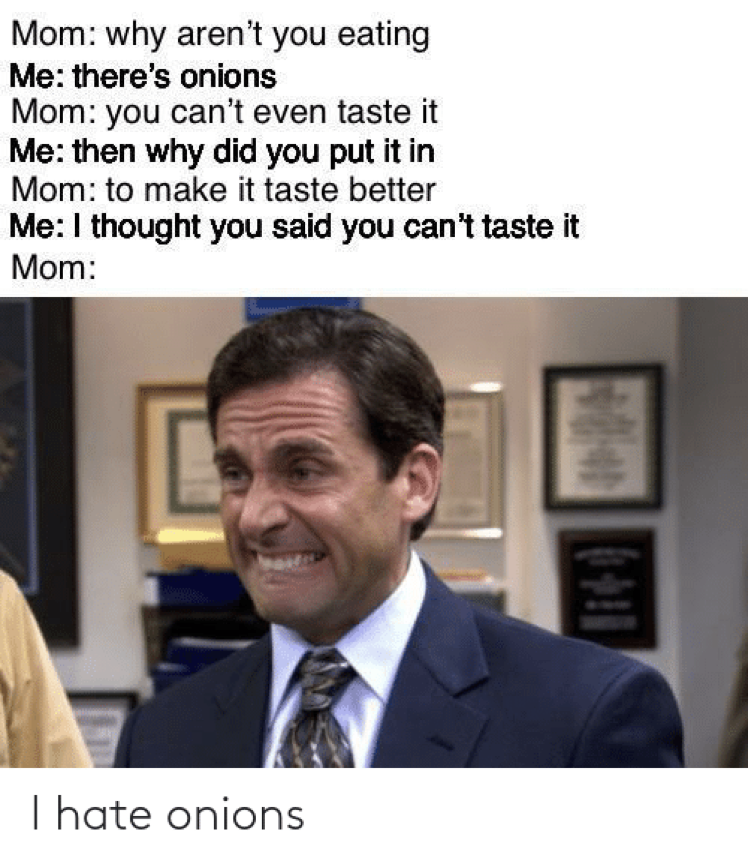
Not if onion is the main ingredient in a dish (an onion tart or onion soup, for example). In these cases, don’t bother making the recipe, because there isn’t another ingredient that even comes close to the exact texture or taste of an onion. But if you’re cooking something where onion is used just as an aromatic (the backbone or base flavoring of a dish), you can omit the onion. Just sauté other aromatics instead, such as celery, fennel, carrots, or garlic.
But for the rest of us, the onion-lovers in the world, this supporting vegetable gets the spotlight. Bad breath aside, onions make an important difference in recipes.
There are two main classifications of onions: the green onion (or scallion) and the dry onion. Green onions are often eaten raw on salads or used as a garnish. You can cook or bake with them, but their flavor becomes so mild that it’s hard to know they are present (which might appeal to the aforementioned onion-haters). These are available and great in flavor year-round. They must be stored in a plastic bag in the refrigerator.
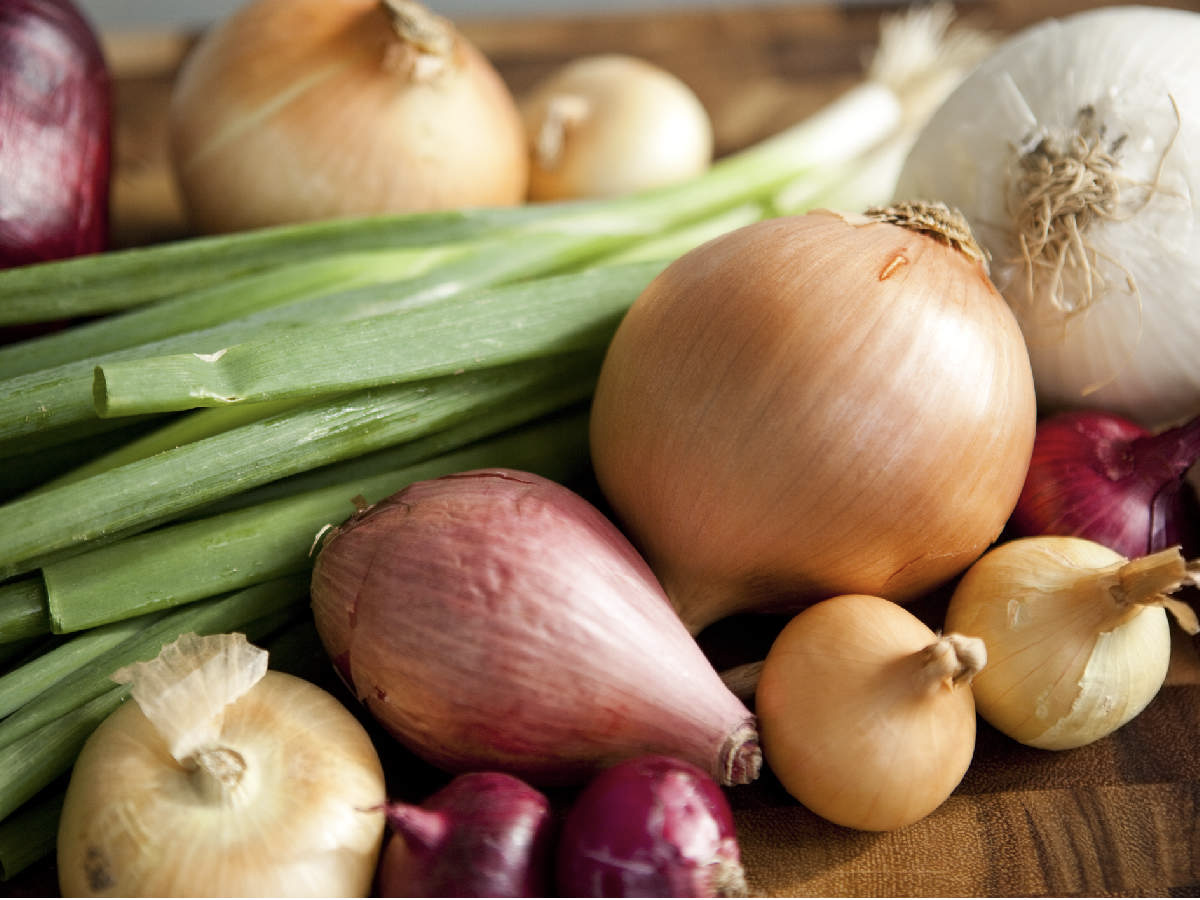
The dry onion is more versatile and offers more variety. Its flavor is best in the fall. But to preserve this flavor for as long as possible, it’s important to know how to choose a good onion, how to store it, and how to chop or slice it:
Choose firm bulbs with shiny, tight skin.
Store them in a cool dry place. Onions can last for several weeks (if not months) without compromising their taste or nutritional value. However, once you cut an onion, wrap whatever portion you don’t use in plastic wrap, and put it in the refrigerator. It will keep about 4 days.
Peel the outer skin, but leave the root intact to bind layers during chopping.
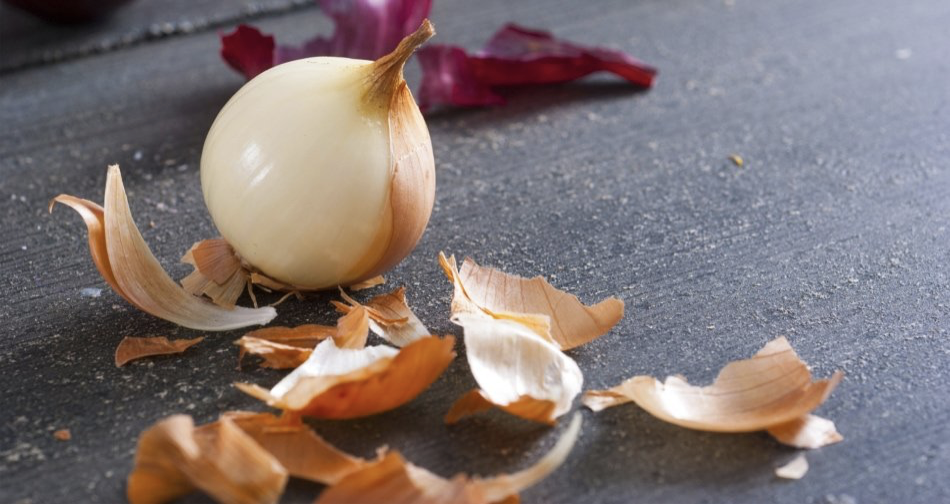
Slice or chop using a sharp knife, which will help cut back on tears. The pros say "the sharper the knife, the less you cry." Peeling it under running water can help, as will freezing the whole onion for about 20 minutes before you cut into it.
The varieties of onions can be confusing. Some are more appropriate for certain recipes than others. For instance:
Red onions are sweet and spicy—ideal for eating raw in salads (especially taco salad), grilling, or broiling. And chicken dishes really sparkle with the addition of sliced red onion.
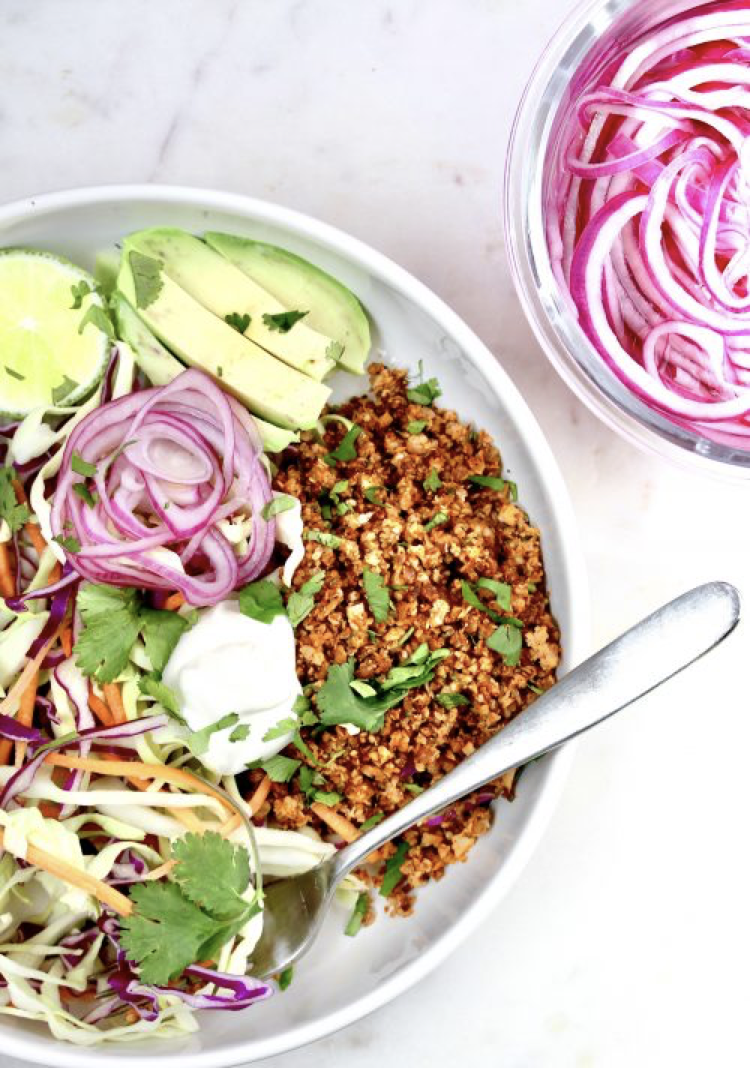
Yellow onions have a nice balance between sweet and spicy; 88% of all onions eaten are yellow. They’re best for all-purpose cooking. The Vidalia or Walla Walla Sweet is perishable and should be refrigerated for longer storage. These are superb for making onion rings. If a recipe just says “chopped onions,” buy the “yellow” onions.
White onions have a sharp tang that mellows with slow-cooking. Use them to make chowders.
Finally, (and this is especially addressed to our onion-hating friends), it is worth our while to learn to like onions, or at least tolerate them, because of their many health benefits:
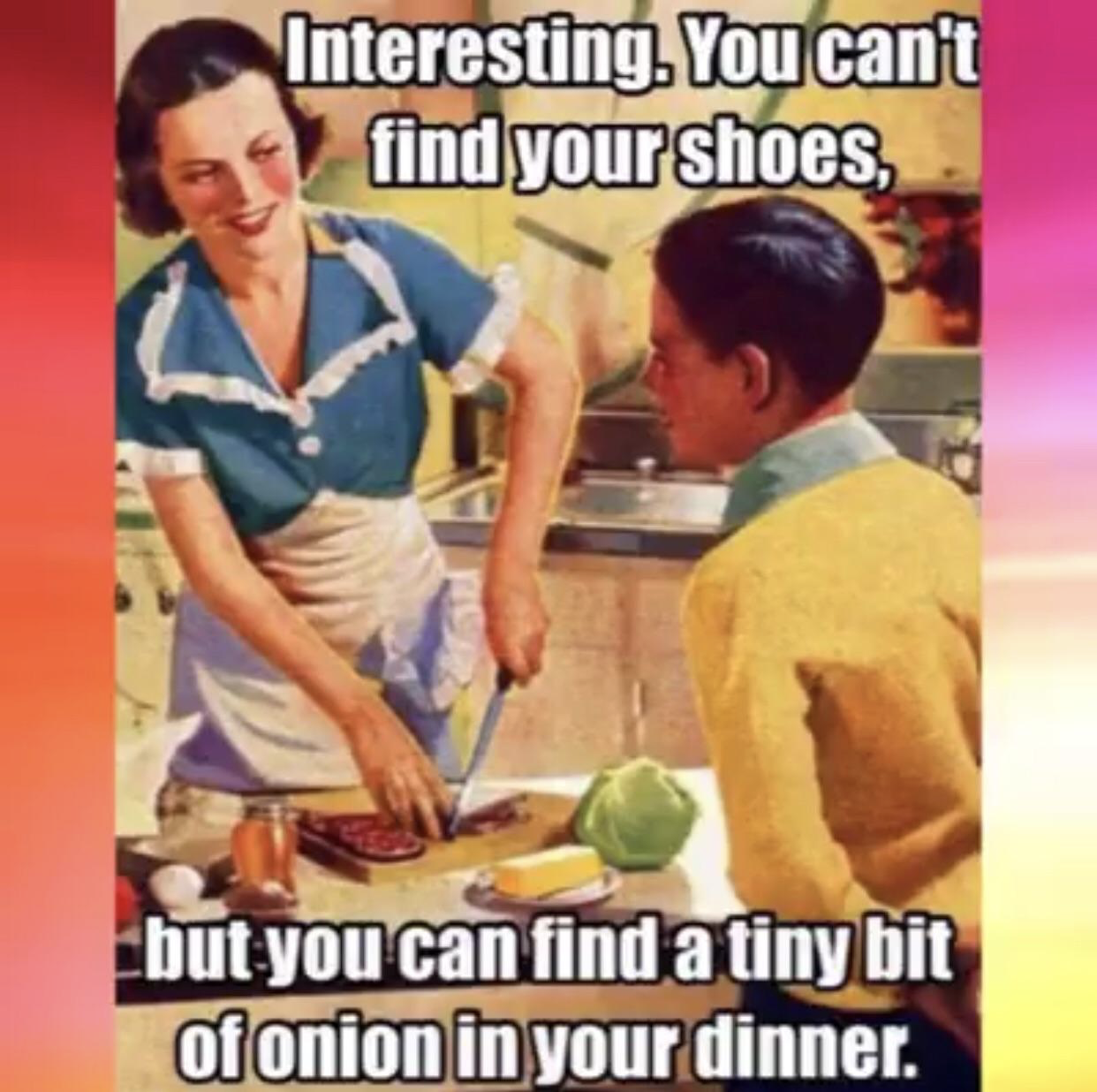

In conclusion, considering the taste factor that onions add to dishes, and the health benefits onions add to life, I have to agree with the late chef and cookbook author, Julia Child: “It’s hard to imagine civilization without onions.”

Not if onion is the main ingredient in a dish (an onion tart or onion soup, for example). In these cases, don’t bother making the recipe, because there isn’t another ingredient that even comes close to the exact texture or taste of an onion. But if you’re cooking something where onion is used just as an aromatic (the backbone or base flavoring of a dish), you can omit the onion. Just sauté other aromatics instead, such as celery, fennel, carrots, or garlic.
But for the rest of us, the onion-lovers in the world, this supporting vegetable gets the spotlight. Bad breath aside, onions make an important difference in recipes.
There are two main classifications of onions: the green onion (or scallion) and the dry onion. Green onions are often eaten raw on salads or used as a garnish. You can cook or bake with them, but their flavor becomes so mild that it’s hard to know they are present (which might appeal to the aforementioned onion-haters). These are available and great in flavor year-round. They must be stored in a plastic bag in the refrigerator.

The dry onion is more versatile and offers more variety. Its flavor is best in the fall. But to preserve this flavor for as long as possible, it’s important to know how to choose a good onion, how to store it, and how to chop or slice it:
Choose firm bulbs with shiny, tight skin.
Store them in a cool dry place. Onions can last for several weeks (if not months) without compromising their taste or nutritional value. However, once you cut an onion, wrap whatever portion you don’t use in plastic wrap, and put it in the refrigerator. It will keep about 4 days.
Peel the outer skin, but leave the root intact to bind layers during chopping.

Slice or chop using a sharp knife, which will help cut back on tears. The pros say "the sharper the knife, the less you cry." Peeling it under running water can help, as will freezing the whole onion for about 20 minutes before you cut into it.
The varieties of onions can be confusing. Some are more appropriate for certain recipes than others. For instance:
Red onions are sweet and spicy—ideal for eating raw in salads (especially taco salad), grilling, or broiling. And chicken dishes really sparkle with the addition of sliced red onion.

Yellow onions have a nice balance between sweet and spicy; 88% of all onions eaten are yellow. They’re best for all-purpose cooking. The Vidalia or Walla Walla Sweet is perishable and should be refrigerated for longer storage. These are superb for making onion rings. If a recipe just says “chopped onions,” buy the “yellow” onions.
White onions have a sharp tang that mellows with slow-cooking. Use them to make chowders.
Finally, (and this is especially addressed to our onion-hating friends), it is worth our while to learn to like onions, or at least tolerate them, because of their many health benefits:

- Onions are effective against many bacteria including Bacillus subtilis, Salmonella, and E. coli.
- Onions help with poor appetite (a chronic condition for those receiving chemo therapy).
- They help prevent atherosclerosis.
- They’ve been proven to help relieve coughs and colds, asthma and bronchitis, and to decrease bronchial spasms.
- Onions are a rich source of fructo-oligosaccharides which stimulate the growth of healthy bifidobacteria and suppress the growth of potentially harmful bacteria in the colon. In addition, they can reduce the risk of tumors developing in the colon.
- They’re sulfide-loaded and help lower blood lipids and blood pressure.
- They’re a rich source of flavonoids (substances that provide protection against cardiovascular disease) and are also natural anticlotting agents since they possess substances with fibrinolytic activity and can suppress platelet-clumping.
- They provide protection against tumor growth, especially in stomach cancer.

In conclusion, considering the taste factor that onions add to dishes, and the health benefits onions add to life, I have to agree with the late chef and cookbook author, Julia Child: “It’s hard to imagine civilization without onions.”
Sources:
- www.me.me
- www.timesofindia.indiatimes.com
- www.farmersalmanac.com
- www.theseasalt.com
- www.reddit.com
- www.mercurynews.com
 Alice Osborne
Alice Osborne
Weekly Newsletter Contributor since 2006
Email the author! alice@dvo.com
